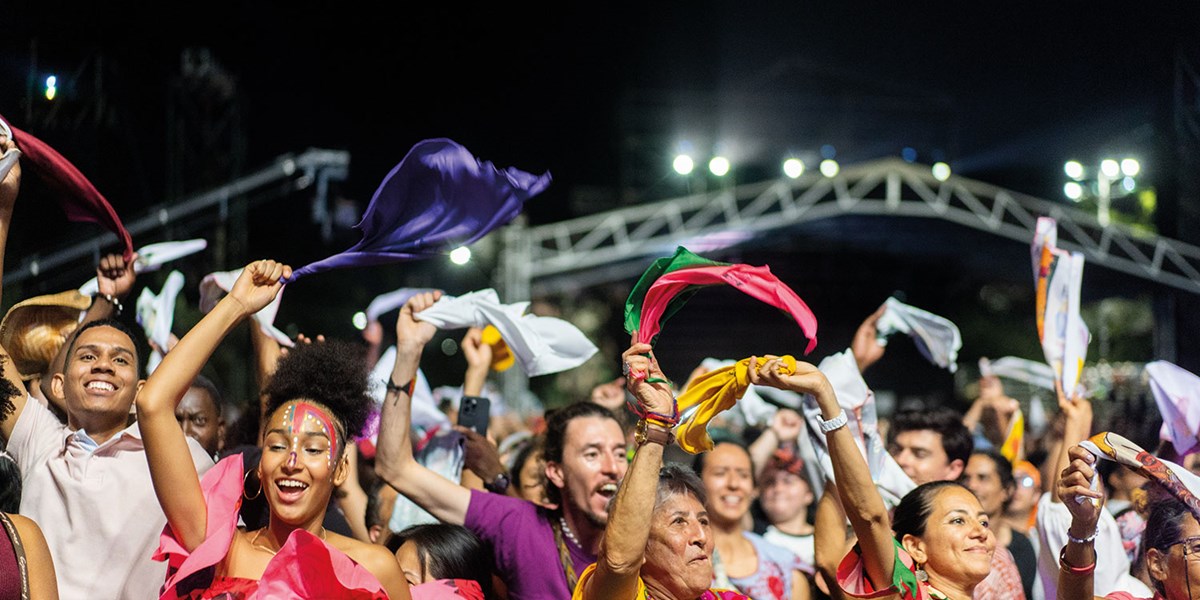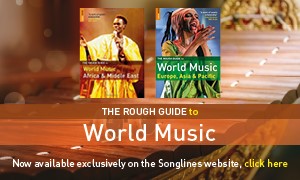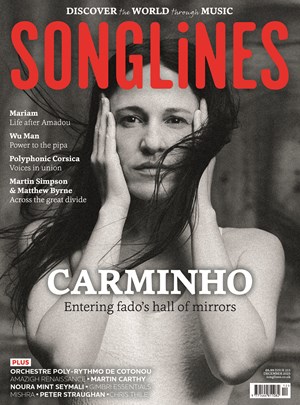Thursday, January 30, 2025
Colombia’s Petronio Alvarez Festival: setting things right with the culture
Twenty-seven years after the launch of Colombia’s Petronio Alvarez Festival, Timothy Pratt returns to find out how “the largest African diaspora cultural event in Latin America” is staying true to its roots – and how it’s changed. Photos by Jesse Pratt López


Register now to continue reading

Thanks for visiting the Songlines website, your guide to an extraordinary world of music and culture. Sign up for a free account now to enjoy:
- Free access to 2 subscriber-only articles and album reviews every month
- Unlimited access to our news and awards pages
- Our regular email newsletters

